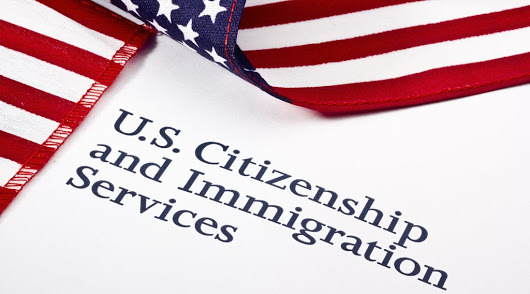What is the EB-5 Immigrant Investor Program?
For those of you who are not already familiar with what the EB-5 program is, this article should serve as an explanation of why the program was created, how it works, and how it is benefitting the United States of America and families abroad. The EB-5 Employment-Based Immigration Fifth Preference, or more commonly referred to as the EB-5 Immigrant Investor Program, was established under the Immigration Act of 1990, and provides an expeditious path to permanent residency for foreign investors.
The purpose of the program is to attract foreign investment into the U.S. economy whilst also creating new jobs in the U.S. The program achieves this objective by giving foreign entrepreneurs who invest in a new U.S. commercial enterprise the opportunity to permanently live, study and work in the United States. Each year the EB-5 program sets aside 10,000 visas for qualifying foreign nationals. In order for a foreign national to qualify to receive a U.S. residency through the EB-5 program, the EB-5 investor must have obtained their funds legitimately and cannot be part of or affiliated with a terrorist or illicit drug organization. Furthermore, the individual cannot have been convicted of any crime in the United States or have overstayed his visa illegally.
The EB-5 Immigrant Investor Program requires an investment of $1,000,000.00 (or $500,000.00 in a Targeted Employment Area) in a new commercial enterprise that will employ at least ten full-time U.S. persons. A qualifying employee that can be hired in the new commercial enterprise should be a U.S. citizen or other lawfully admitted resident (excluding the immigrant investor and his or her family) and must be engaged in full time employment of a minimum of 35 hours per week. In the same way, the EB-5 investor may also choose to invest through a regional center where the EB-5 investor is not required to participate in the day-to-day management of the company and the EB-5 Investor will be eligible to a return of their investment after 5 years.
Regional Center designations were established as a part of the Immigrant Investor Pilot Program created in 1993 to increase interest in the EB-5 Immigrant Investor Program. A regional center is defined as a federally approved economic unit, public or private, engaged in the promotion of economic growth, improved regional productivity and job creation. A regional center is responsible for administering EB-5 investment funds in a way that will satisfy the EB-5 immigrant investor’s EB-5 eligibility requirements.
Where do foreign nationals invest their EB-5 funds?
An investor can choose to directly invest their capital in a new commercial enterprise that is managed by themselves, or they can choose to invest in an approved project through a federally accredited regional center. The benefit to the EB-5 investor in choosing a regional center project is immediately apparent, in that it is a passive investment which is managed by the regional center and provides the investor with a clear exit strategy. It is no surprise why 95% of EB-5 investors choose to invest in the regional center program rather than a directly managed investment. Most foreign investors are averse to the risks of doing business in a country where they may be faced with an unfamiliar language, business culture and law.
Currently, there are over 500 approved EB-5 regional centers in the United States and that number is increasing by the minute. Each regional center offers projects which will be vetted by USCIS in order to meet EB-5 regulatory requirements. Typically, the EB-5 investor’s funds would be invested in a project in the form of a loan. This loan would be made to a project by the regional center, who would also be responsible for monitoring the progress of the project and obtaining the return of the investor’s funds upon expiration of the term of the loan. The large majority of the projects registered with regional centers have some form of real estate involved, but are not limited to any industry and have also included projects such industrial-scale energy, hotels, commercial shopping plazas, hospitals, assisted living facilities, technology, amongst many others.
Benefits of U.S. Permanent Residency (Green Card):
1.) Superior lifestyle, education, healthcare, business opportunities, and most importantly, security for oneself and one’s family.
2.) Change of residency from higher tax jurisdictions. In comparison to many Western countries, the U.S. offers favorable tax rates, especially for business owners.
3.) Ease of travel to the United States. As a permanent resident of the United States, you are free to enter and exit the U.S. without limitations.
As a highlight of the success of the EB-5 program, in 2013 alone it generated $3.39 billion in foreign investment, created 42,000 jobs, and yielded over $700 million in U.S. tax revenue. As the EB-5 program continues to develop, become more sophisticated, evolve and gain momentum, hundreds of new and existing business are taking advantage of this alternative capital source whilst foreign nationals are creating a new life with endless possibilities in the United States.

